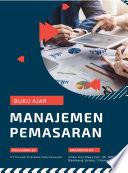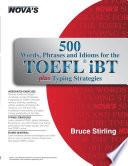
Konsep Sistem Informasi
Sistem informasi adalah kombinasi antara prosedur kerja, informasi, manusia dan teknologi informasi yang diorganisasikan untuk mencapai tujuan dalam sebuah organisasi (Alter, 1992). Pengertian yang lain sistem informasi adalah suatu sistem dalam suatu orgnisasi yang mempertemukan kebutuhan pengolahan transaksi harian, mendukung operasi bersifat manegerial dan kegiatan strategi dari suatu organisasi dan menyediakan pihak luar tertentu dengan laporan-laporan yang dibutuhkan (Jogiyanato, 2001) Pengertian diatas dapat disimpulkan bahwa sistem informasi adalah integrasi dari komponen-komponen yang telah dianalisa dan diproses sehingga menghasilkan informasi yang diperlukan untuk dapat membantu manajer dalam pengambilan suatu keputusan.
- ISBN 13 : 6238160004
- ISBN 10 : 9786238160006
- Judul : Konsep Sistem Informasi
- Pengarang : Fithrie Soufitri, S.Kom., MMSI,
- Kategori : Computers
- Penerbit : PT Inovasi Pratama Internasional
- Bahasa : id
- Halaman : 106
- Google Book : https://play.google.com/store/books/details?id=tD6nEAAAQBAJ&source=gbs_api
-
Ketersediaan :
Sistem informasi adalah kombinasi antara prosedur kerja, informasi, manusia dan teknologi informasi yang diorganisasikan untuk mencapai tujuan dalam sebuah organisasi (Alter, 1992).









